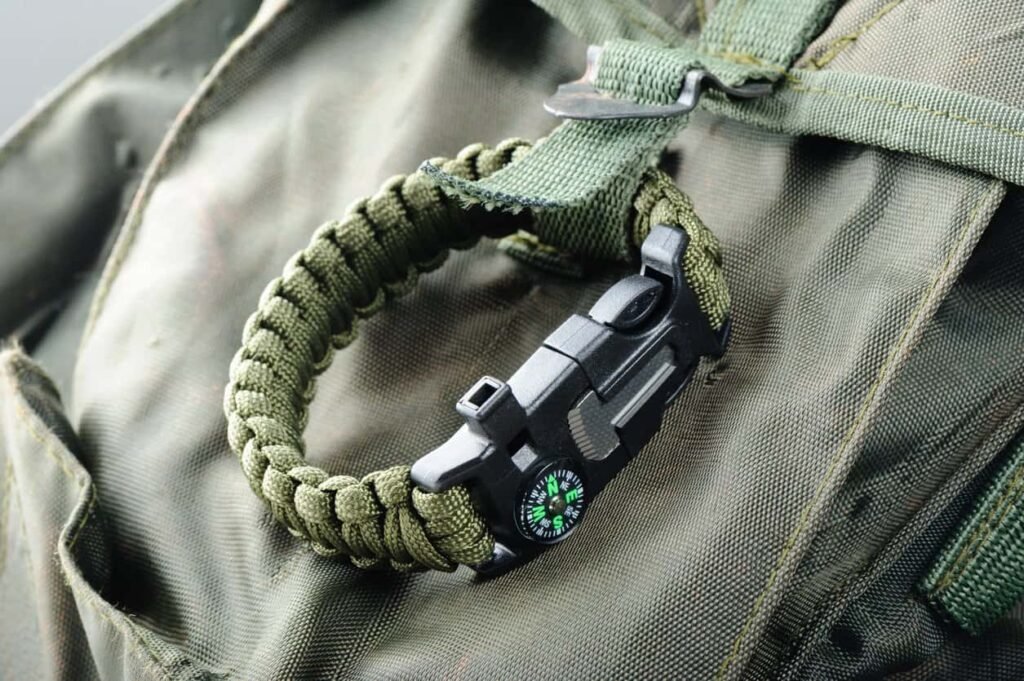
Source: iStock
Paracord is a type of high-tensile-strength kernmantle rope, which the U.S. soldiers first used during World War II. Even today, the U.S. military still includes this multi-purpose cord in their kits for a variety of applications.
In this article, we’ll try to answer the question, Why do soldiers wear paracord? Plus, we’ll talk about the whats and whys of buying mil spec paracord from a reputable paracord manufacturer.
Why Do Soldiers Wear Mil Spec Paracord? (And the Significance of a Good Paracord Manufacturer)
Paracord is a type of high-tensile-strength kernmantle rope, which the U.S. soldiers first used during World War II. Even today, the U.S. military still includes this multi-purpose cord in their kits for a variety of applications.
In this article, we’ll try to answer the question, Why do soldiers wear paracord? Plus, we’ll talk about the whats and whys of buying mil spec paracord from a reputable paracord manufacturer.
The Military Origins of the Parachute Cord
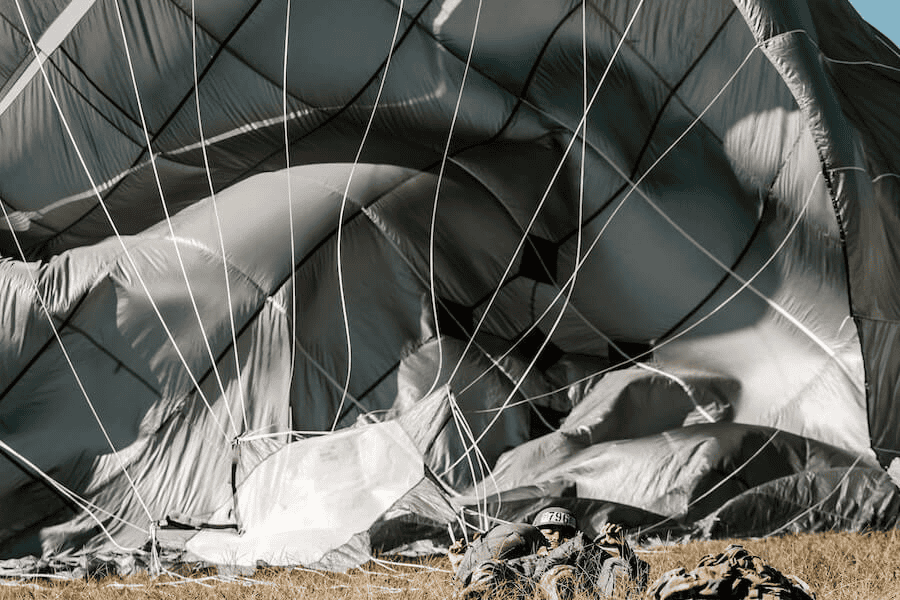
Source: Pexels
You might find yourself wondering, “Why is it called paracord?” or “Who made the first paracord?”
Paracord is short for “parachute cord.” There’s a good reason why it was called that. Back in World War II, the U.S. military manufactured the first lightweight and high-strength cord that was rigorously tested to meet military specifications.
The original, U.S.-made paracord features a kernmantle construction. This means it has several core strands (normally seven) that are encased within an interwoven nylon outer sheath. This type of design preserves the strength of the cord even if you take out some of its inner strands for separate use.
Back then, the military used this cord for the paratroopers’ parachute lines. (Thus, the name parachute cord.) Once they land, paratroopers would cut these parachute lines and use them for a wide range of other applications, such as performing emergency fixes, securing or lowering equipment, and making improvised harnesses and slings.
Through the years, the U.S. military stopped using paracord in the paratroopers’ parachute lines. This is mainly due to the development of state-of-the-art synthetic materials, such as Kevlar and Spectra. These specialized materials are more resistant to damage due to environmental factors (e.g., abrasion and UV rays) and have a superior strength-to-weight rating.
Paracord continues to serve the U.S. troops today. And in fact, it’s regularly shipped to other countries where there are deployed soldiers.
The Important Characteristics of Mil-Spec Paracord Braided Rope
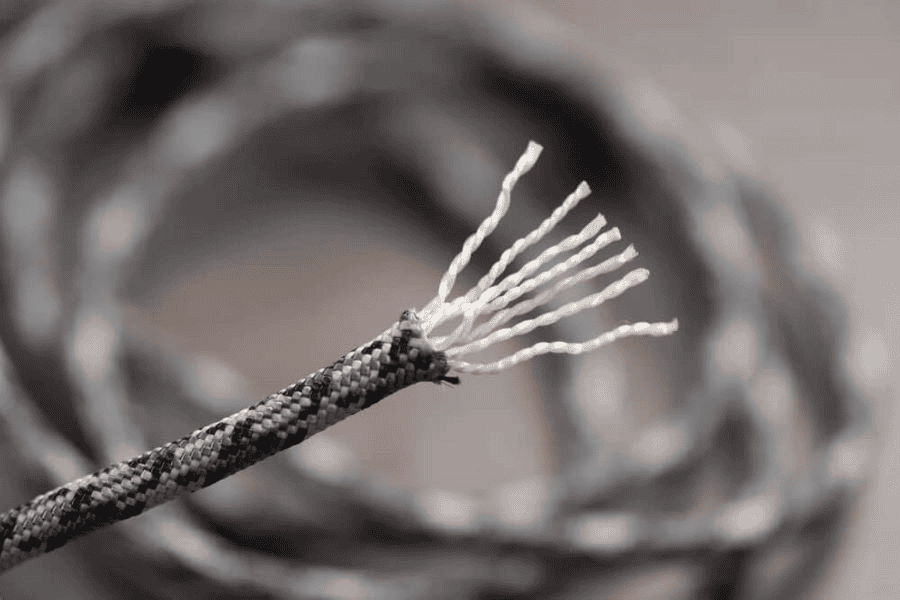
Source: Shutterstock
Commercial 550 paracord is different from military-grade paracord (MIL-C-5040 Type III) in several aspects. Let’s go over some of them.
Genuine military-spec cords are typically made entirely from high-quality nylon, with the core consisting of seven three-ply strands. Commercial paracord could have a similar construction, but its inner strands may be single- or double-ply. In addition, its strands could be made from polyester (or other materials) instead of nylon.
Military-spec paracord goes through rigorous testing and quality control to meet strict military standards (such as MIL-C-5040). As a result, it can withstand most heavy duty applications. Commercial paracord isn’t as strong as mil-spec cords and may not go through the same level of quality testing.
Manufacturers of military-grade paracord need to submit their products for testing and evaluation to independent laboratories. Typically, parachute cords that are compliant with military standards will have certifications. Commercial cords, on the other hand, may not necessarily carry such certifications.
Military-spec paracord is incredibly strong and reliable because it needs to withstand highly demanding military and tactical applications. On the other hand, some types of commercial paracord are more suitable for general outdoor and non-critical tasks. However, that’s not to say all commercial paracord is of low quality and isn’t worth considering.
Tactical and Survival Uses of Paracord in the Field
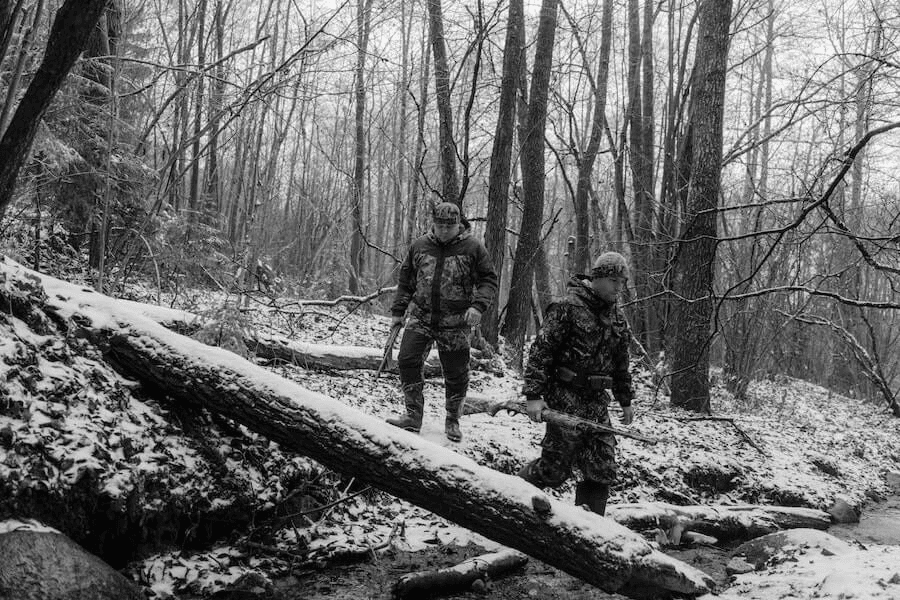
Source: Pexels
While it’s no longer a suitable choice for parachute lines, paracord continues to be used by the military for different purposes. Some of its common survival and tactical uses include:
- Tie down supplies, weapons, and gear to ensure they stay in place during transport.
- Create traps and snares for catching food.
- Repair broken buckles or straps.
- Tie it to trees or other objects to serve as signal markers for exploration, navigation, identification of troop positions, or where help is needed.
- Construct temporary shelters, such as tarp shelter setups and lean-to shelters.
- Wrap it around the handle of their weapons, such as survival knives and guns, to increase grip.
- Start a fire using its flammable inner strand as tinder.
- Carry or drag firewood, prey, or other essential items.
- Make a rope ladder to scale steep terrain or climb a tree.
Military-spec paracord will not just help soldiers survive in the wilderness or during military operations. It can also save their lives during emergency situations where there are no medical professionals readily available. Here are a few ways to use military-spec paracord in emergencies:
- Tie it above a wound to control severe bleeding.
- Create a splint to immobilize and stabilize a broken limb.
- Create a sling for injuries (and to securely carry rifles).
Concealment of Equipment and Soldiers
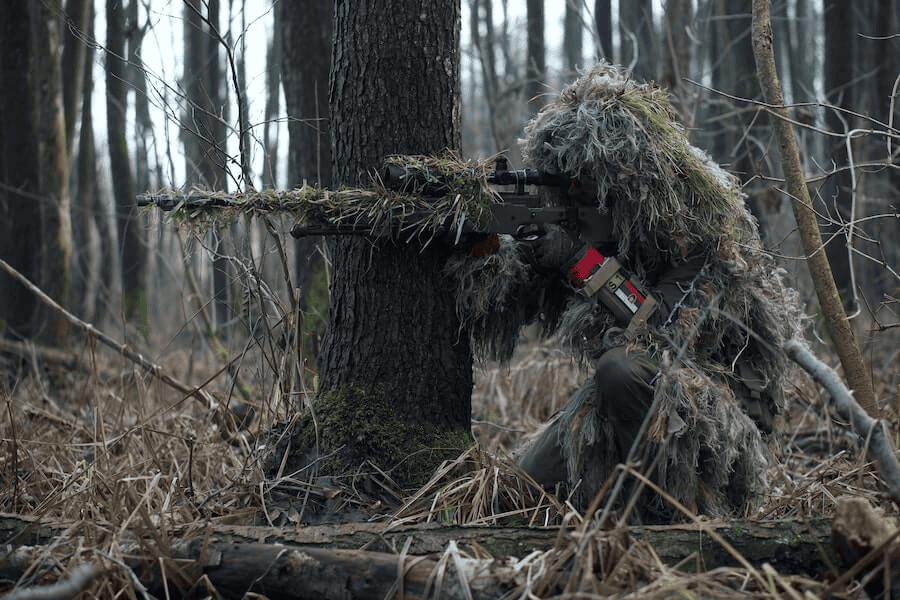
Source: Pexels
Camouflaging is an essential component of enemy deception in the military. One way soldiers conceal themselves and blend into their surroundings is by wearing a ghillie suit, which a sniper usually wears when stalking or getting into a position for a shot.
Here’s how soldiers may use paracord in their ghillie suits:
- They can use it to weave or insert natural foliage (e.g., grass, leaves, and twigs) into their ghillie suits to perfectly mimic the environment.
- They can remove the outer sheath to expose the inner strands, which they can tease to create volume and a more natural look.
- They can create paracord loops to attach additional accessories or foliage to improve the pattern of the suit.
- Since it’s incredibly durable, soldiers are confident that their camouflage suits will stay intact in extended use and harsh environments.
Aside from ghillie suits, here are other ways soldiers can use paracord for camouflaging:
- Weave camouflage nets, also called camo nets or camo-netting.
- Add local vegetation to their backpacks, helmets, and vests to make them less visible.
- Hide their equipment and gear with natural materials.
- Use it to break up their rifle’s shape and reduce glare for better concealment.
- Create camo wraps to instantly camouflage binoculars, firearms, flashlights, and more.
Paracord Bracelets: Symbolism and Tradition Within the Military
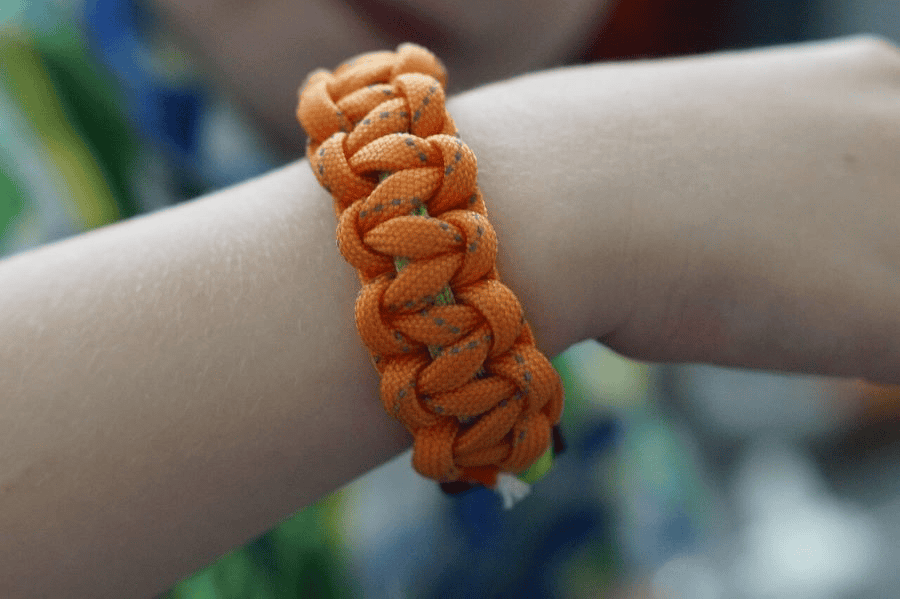
Source: Pexels
Paracord has its tough side, but it also has its heartwarming side. Here are some symbols of paracord bracelets for soldiers and veterans:
- We’ve heard stories about veterans who started making bracelets out of paracord back home in the early 2000s. They used their knowledge of essential knots, which they learned during their military service, to pass the time or make extra money.
- Meanwhile, deployed soldiers sometimes receive paracord bracelets from others in their platoon. These bracelets serve as a reminder for them that someone has their back, whether it’s during military operations or when they get back home.
- Other soldiers treat their paracord bracelet as a good luck charm.
- For those who lost a comrade or a friend, a paracord bracelet is one way for them to remember their sacrifice and mourn their loss.
Finding the Right Paracord Manufacturer with Great Customer Service
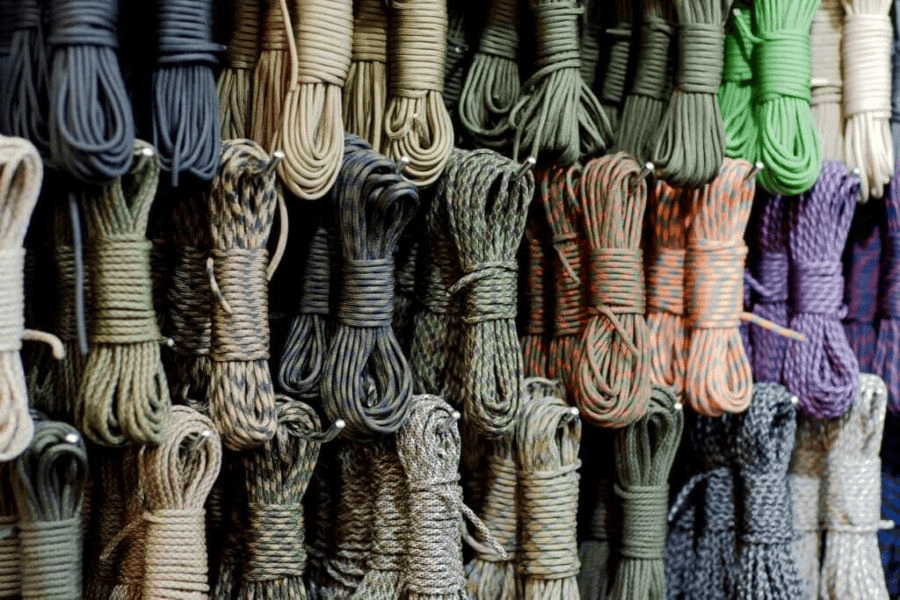
Source: iStock
Throughout the years, the usefulness of paracord has extended beyond the military. Today, paracord products are available in a wide range of colors, patterns, strengths, and sizes to fit consumer requirements. You can buy them at affordable prices in hardware stores, outdoor and survival gear shops, online e-commerce websites, and many more.
But if you’re a business owner who plans to sell it, finding the right paracord manufacturer is a top priority to ensure you get genuine and high-quality products. The good news is that you have plenty of options for paracord suppliers and manufacturers.
However, there’s always a possibility that you’ll encounter shady ones. That’s why you always need to take the time to conduct thorough research to ensure they have a positive reputation. Look for certifications to prove they’ve met industry standards for producing commercial and military-grade paracord.
Don’t immediately settle with the first manufacturer that you find. Choose at least three. If you already have one or two on your list, you might want to add Baiyuheng Outdoors.
Here are some great reasons why they’re worth considering:
- They offer free photos and samples upon request.
- Based on their customers’ reviews, they always ship on time.
- They have great customer service, which makes the whole buying experience less stressful.
- They provide a large selection of paracord products in different colors, lengths, and patterns, including 550 paracord and reflective paracord.
- They have a low MOQ (minimum order quantity).
- They’ll deliver your orders to your doorstep.
Baiyuheng Outdoor, a professional manufacturing company based in China, has over 15 years of industry experience. They initially manufactured paracord before expanding their product line to include other outdoor and survival products, such as ferro rods, ropes, and survival cards.
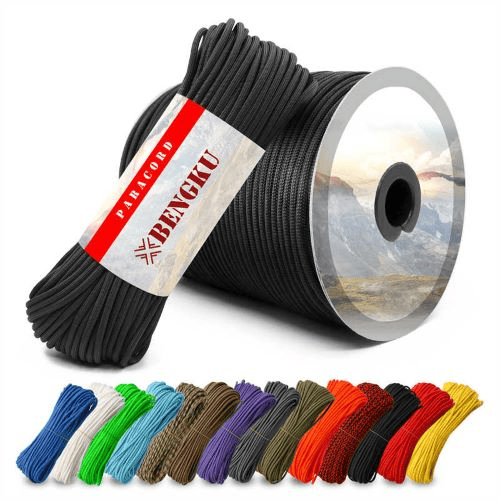
Source: Baiyuheng Outdoors
One of their best paracord products is the Bengku 550 Paracord, which has a minimum breaking strength of 550 pounds. It consists of seven strands, which have three strands each and are all twisted together for extra strength and durability. It’s available in different colors and lengths. And if needed, one of their services is to customize the paracord according to your requirements.
Conclusion
So, why do soldiers wear paracord?
One of the main reasons is that they need it in many situations, especially where a lightweight rope is needed. Some of its common uses in the military include camouflage and concealment, the construction of temporary shelters and structures, emergency medical applications, and the creation of survival tools.
Its use also goes beyond the confines of the military. For deployed soldiers and veterans, paracord bracelets serve as a symbol of camaraderie and unity among soldiers.

